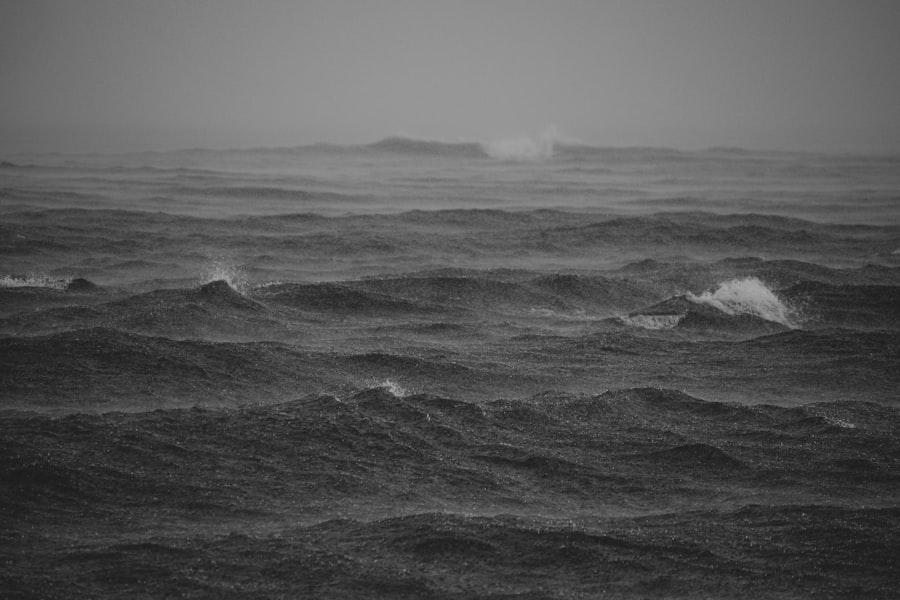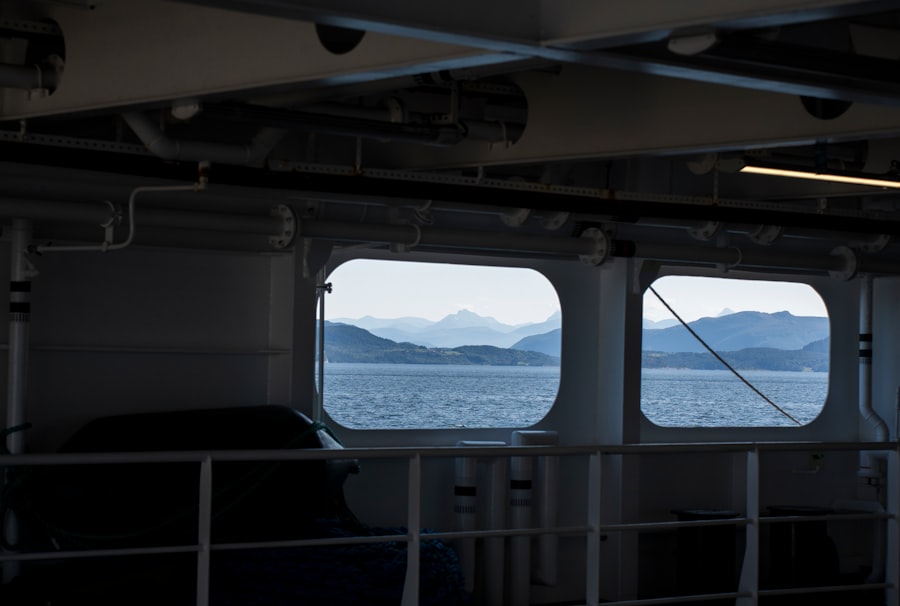Sir Francis Drake, a name synonymous with exploration and maritime prowess, is often remembered for his significant contributions to the Age of Discovery. However, his legacy is not without its darker chapters. Drake’s violent passage through the seas of the late 16th century reveals a complex figure whose actions were driven by ambition, national pride, and a desire for wealth.
This article delves into the multifaceted nature of Drake’s life, exploring the motivations behind his violent encounters, the targets of his aggression, and the lasting impact of his actions on history. Drake’s voyages were marked by a relentless pursuit of glory and riches, often at the expense of those he encountered. His expeditions were not merely exploratory; they were also characterized by acts of piracy and violence that left a profound mark on the territories he invaded.
Understanding the context of Drake’s violent passage requires an examination of the socio-political landscape of his time, as well as the personal ambitions that drove him to commit acts that would later be scrutinized and debated by historians.
Key Takeaways
- Drake’s Violent Passage was a significant event in history, marked by its controversial and impactful nature.
- Drake’s early life and career shaped his motives and actions during his violent passage, as he sought to achieve wealth and power.
- The targets of Drake’s violence were primarily Spanish ships and settlements, as he aimed to disrupt their dominance in the New World.
- The impact of Drake’s violent passage on history was profound, as it contributed to the ongoing conflict between England and Spain and influenced future colonial endeavors.
- Modern perspectives on Drake’s violent passage vary, with some viewing him as a heroic figure and others condemning his violent tactics.
Drake’s Early Life and Career
Born in 1540 in Tavistock, Devon, Francis Drake was the son of a farmer and grew up in a modest household. His early life was shaped by the maritime culture of England, as he was exposed to the sea from a young age. By the time he reached adulthood, Drake had already begun his career as a seafarer, working on merchant ships that traded with Spain and the Americas.
This experience would prove invaluable as he honed his skills in navigation and shipbuilding, laying the groundwork for his future exploits. Drake’s early career was marked by a series of successful voyages that established him as a formidable navigator and captain. His initial forays into the Caribbean were characterized by encounters with Spanish vessels, which would later evolve into more aggressive tactics.
The turning point in his career came when he was commissioned by Queen Elizabeth I to undertake privateering missions against Spanish ships. This royal endorsement not only legitimized his actions but also fueled his ambition to become one of the most renowned figures of his time.
The Motives Behind Drake’s Violent Passage

The motives behind Drake’s violent passage can be traced back to a combination of personal ambition and national interests. As an ambitious individual, Drake sought not only wealth but also recognition and status. The lure of gold and silver from Spanish galleons was irresistible, and each successful raid brought him closer to achieving his dreams.
However, it was not merely personal gain that drove him; he also saw himself as a champion of England against its rivals, particularly Spain. The political climate of the late 16th century played a crucial role in shaping Drake’s motivations. England was emerging as a maritime power, and tensions with Spain were escalating.
The Spanish Armada’s threat loomed large over England, and Drake’s actions were often framed as patriotic endeavors aimed at undermining Spanish dominance. This duality—personal ambition intertwined with nationalistic fervor—created a complex narrative that justified his violent encounters on the high seas.
The Targets of Drake’s Violence
| Target | Number of Incidents |
|---|---|
| Other rappers | 5 |
| Media | 3 |
| Former friends | 2 |
| Ex-girlfriends | 4 |
Drake’s violent passage primarily targeted Spanish ships and settlements, reflecting the geopolitical tensions of his era. His expeditions were marked by raids on Spanish ports in the Caribbean and along the coasts of Central and South America. Notable among these was his attack on Nombre de Dios in 1572, where he sought to disrupt Spanish trade routes and seize their treasures.
Such actions were not merely opportunistic; they were calculated moves designed to weaken Spain’s economic power. In addition to targeting ships, Drake also engaged in direct confrontations with Spanish settlements. His infamous raid on Cadiz in 1587 exemplified this approach, as he aimed to strike a blow against Spain’s naval capabilities while simultaneously boosting English morale.
These violent encounters were not without consequences; they incited retaliatory measures from Spain and contributed to the ongoing conflict between the two nations.
The Impact of Drake’s Violent Passage on History
Drake’s violent passage had far-reaching implications for both England and Spain, shaping the course of history during the late 16th century. His successful raids not only enriched him personally but also bolstered England’s reputation as a formidable naval power. The wealth he acquired from plundering Spanish ships contributed to the strengthening of England’s economy and military capabilities, allowing it to compete more effectively on the global stage.
Moreover, Drake’s actions played a significant role in altering the balance of power in Europe. By undermining Spanish dominance in the Americas, he paved the way for future English colonization efforts. His circumnavigation of the globe from 1577 to 1580 further solidified England’s status as an emerging maritime empire, inspiring subsequent explorers and adventurers to follow in his footsteps.
Controversies Surrounding Drake’s Violent Passage

Despite his celebrated status as an explorer and privateer, Drake’s violent passage has not been without controversy. Critics argue that his actions amounted to acts of piracy rather than legitimate military endeavors. The line between privateering and piracy is often blurred, and many historians have debated whether Drake’s violent encounters can be justified within the context of national interests or if they were simply opportunistic acts driven by greed.
Additionally, Drake’s legacy is complicated by the impact of his violence on indigenous populations in the Americas. His raids often resulted in significant loss of life and disruption of local communities. The consequences of his actions continue to be examined through modern lenses that prioritize ethical considerations and historical accountability.
As such, Drake remains a polarizing figure whose legacy is subject to ongoing reinterpretation.
The Legacy of Drake’s Violent Passage
The legacy of Drake’s violent passage is multifaceted, encompassing both admiration for his navigational skills and criticism for his ruthless tactics. He is often celebrated as one of England’s greatest maritime heroes, with monuments erected in his honor and numerous works dedicated to recounting his adventures. However, this glorification is tempered by an awareness of the violence that accompanied his exploits.
Drake’s legacy also extends beyond his lifetime, influencing subsequent generations of explorers and privateers who sought to emulate his success. His methods became a template for future maritime endeavors, blending exploration with aggression in pursuit of wealth and power. As such, Drake’s impact on maritime history is undeniable, leaving an indelible mark on both English identity and global exploration narratives.
The Role of Violence in Drake’s Expeditions
Violence played a central role in Drake’s expeditions, shaping both their outcomes and their historical interpretations. His willingness to engage in aggressive tactics set him apart from many contemporaries who approached exploration with more diplomatic intentions. For Drake, violence was not merely a means to an end; it was an integral part of his strategy for achieving success on the high seas.
The use of violence also reflected broader trends within European exploration during this period. Many explorers operated within a framework that justified aggressive actions against perceived enemies or rivals. In this context, Drake’s violent passage can be seen as emblematic of an era marked by competition for resources and territorial claims, where might often dictated right.
The Aftermath of Drake’s Violent Passage
The aftermath of Drake’s violent passage reverberated throughout Europe and beyond, influencing diplomatic relations and shaping colonial policies. His successful raids against Spain prompted retaliatory measures that escalated tensions between England and Spain, culminating in conflicts such as the Anglo-Spanish War. The repercussions of these hostilities extended far beyond military engagements; they also affected trade routes and colonial ambitions across the globe.
Furthermore, Drake’s actions contributed to a shift in how European powers approached exploration and colonization. The blend of violence and ambition that characterized his expeditions became a model for future endeavors, leading to an era where conquest often accompanied exploration. This legacy would have lasting implications for indigenous populations around the world, as European powers continued to assert dominance over newly discovered territories.
Modern Perspectives on Drake’s Violent Passage
In contemporary discussions surrounding historical figures like Sir Francis Drake, there is a growing recognition of the complexities inherent in their legacies. Modern perspectives often emphasize the need for critical examination of historical narratives that have traditionally glorified figures without acknowledging their violent actions or their impact on marginalized communities. Historians today grapple with reconciling Drake’s achievements as an explorer with the ethical implications of his violent passage.
This reevaluation encourages a more nuanced understanding of history that considers multiple viewpoints and recognizes the consequences of actions taken in pursuit of glory or national interests.
Conclusion and Reflections on Drake’s Violent Passage
In conclusion, Sir Francis Drake’s violent passage through history serves as a compelling case study in the interplay between exploration, ambition, and violence during the Age of Discovery. While he is celebrated for his navigational prowess and contributions to England’s maritime legacy, it is essential to acknowledge the darker aspects of his expeditions that involved aggression against rival powers and indigenous populations. Drake’s legacy continues to provoke debate among historians and scholars who seek to understand the complexities of his character and actions within their historical context.
Drake’s Passage, the treacherous stretch of water between the southern tip of South America and Antarctica, is notorious for its violent weather conditions. The passage’s unique geographical position subjects it to the convergence of the Atlantic, Pacific, and Southern Oceans, creating a perfect storm of strong winds and turbulent seas. This phenomenon is further explained in an insightful article on MyGeoQuest, which delves into the meteorological and oceanographic factors contributing to the passage’s infamous reputation. Understanding these elements is crucial for navigators and adventurers who brave this formidable route.
WATCH NOW! Drake Passage: Earth’s Deadliest Waters Revealed
FAQs
What is Drake’s Passage?
Drake’s Passage, also known as the Drake Passage, is the body of water between the southern tip of South America and the northern tip of the Antarctic Peninsula. It connects the southwestern part of the Atlantic Ocean with the southeastern part of the Pacific Ocean.
Why is Drake’s Passage so violent?
Drake’s Passage is known for its violent and unpredictable weather conditions, including strong winds, large waves, and rough seas. These conditions are primarily caused by the convergence of the westerly winds and the Antarctic Circumpolar Current, which create a natural funneling effect that intensifies the wind and wave patterns in the area.
What are the specific weather conditions that make Drake’s Passage so violent?
The weather conditions in Drake’s Passage are characterized by frequent storms, low temperatures, and high winds. The area is also prone to rapid changes in weather, with calm periods quickly giving way to intense storms and rough seas.
How do these violent conditions impact maritime travel through Drake’s Passage?
The violent conditions in Drake’s Passage make it one of the most challenging and dangerous maritime routes in the world. Ships crossing the passage are often subjected to extreme rocking and rolling, making it a difficult and uncomfortable journey for passengers and crew members alike.
Are there any safety measures in place for ships traveling through Drake’s Passage?
Ships traveling through Drake’s Passage are equipped with advanced navigation and stabilization systems to help mitigate the impact of the violent conditions. Additionally, experienced captains and crew members are essential for safely navigating the passage and ensuring the well-being of everyone on board.
